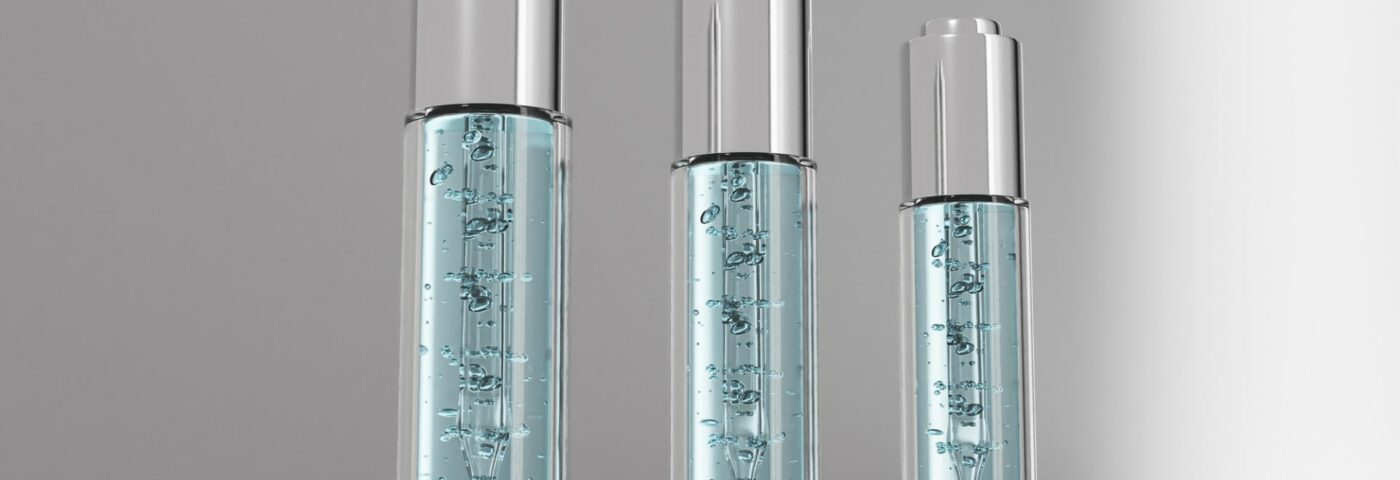The start of the year presents an opportunity for the cosmetics and personal care industry to reflect on past innovations, identify new gaps and cultivate fresh ideas.
Product innovation refers to developing new or significantly improved products to meet market demands, address existing problems or create entirely new markets.
According to the Beauty and Personal Care Products Market Size, Share and Trend Analysis Report (2023), global sales in this sector are projected to reach $937.1 billion by 2030, with a CAGR of 7.7%.
It is a critical driver of business growth and competitive advantage, where consumer preferences and scientific and technological advancements are constantly evolving.
Yet, as consumer preferences continue to evolve, product innovations must also adapt – not only to meet these demands but also to address the pressing challenges of rapid innovation cycles, product oversaturation, consumer fatigue and the environmental toll of overconsumption.
Multi-functional Products
The skincare sector in particular is witnessing a key transition towards multi-functional products favouring efficacy and substantiation, efficiency over complexity, driven by busy lifestyles and a desire to reduce environmental impact.
Multi-functional products are developed to address multiple concerns and/or provide multiple benefits within a single formulation. Examples include:
• A moisturiser that hydrates, brightens and protects against UV damage.
• A serum that combines anti-ageing, anti-inflammatory and skin-brightening properties.
• A cleanser with exfoliating and moisturising capabilities.
Why It Matters in Skincare
• Efficiency: Saves time by reducing the number of steps in a routine.
• Convenience: Combines multiple benefits in one product.
• Sustainability: Reduces overconsumption, packaging waste and resource usage.
These products are reshaping product innovation and influencing purchasing behaviours by offering thoughtful and purposeful solutions.
According to Credence Research (2023), the global market for functional cosmetics, including multi-functional skincare, is projected to grow to $68.1 billion by 2032, reflecting a CAGR of 3.06%. Similarly, the hybrid makeup market, which includes products offering skincare benefits alongside cosmetic functions, is expected to grow at a CAGR of 6.1% by 2030 (Grand View Research, 2023).
Despite the rapid pace of product launches, these figures underscore a notable consumer shift – people want fewer products that do more. For formulators and manufacturers, there is a clear opportunity to drive innovation by developing impactful products that withstand the test of time. Incorporating compatible ingredients into a single formulation demonstrates how multi-functional solutions can deliver both efficacy and convenience.
Challenges in Rethinking Innovation
While the advantages of multi-functional products are obvious, they present both opportunities and challenges for formulators and manufacturers, requiring careful consideration of various factors:
• Ingredient Compatibility
Combining multiple active ingredients into one stable and effective formulation is a complex task, requiring pH balancing and delivery optimisation to maintain stability and efficacy.
• Consumer Expectations
Consumers have raised the bar for communication and are digitally informed, they expect content that is fast, relevant and authentically will keep them engaged and coming back for more. Formulators and manufacturers alike are encouraged to communicate the science behind their multi-functional products, avoiding unsubstantiated claims.
• Advanced Technologies
Delivery systems can enhance the performance of combined actives. These systems ensure that each active ingredient retains its potency and targets the skin effectively.
• Sustainability
True innovation also means considering the entire product lifecycle. From sourcing sustainable raw materials to incorporating eco-friendly packaging, every step should reflect a commitment to environmental responsibility.
Despite these challenges, several strategies can help formulators and manufacturers deliver impactful innovations.
Solutions: Key Elements for Success
1. Synergistic Ingredient Combinations
Successful multi-functional products rely on synergistic ingredient pairings.
For example:
• Niacinamide and Peptides: Working together, these ingredients boost the skin’s barrier function and support skin longevity.
• Hyaluronic Acid and Ceramides: This combination delivers intense hydration and reinforces the skin’s natural barrier, effectively addressing dryness.
2. Advanced Delivery Systems
Technological advancements can allow formulators to combine ingredients delivering protective benefits without compromising stability. They allow formulators to use fewer raw materials with higher yields, minimising environmental impact while maximising product effectiveness.
3. Sustainability at the Core
Brands can reduce their environmental footprint by utilising refillable packaging to minimise waste and incorporating biodegradable materials into both packaging and product design. This approach has the potential to lower raw material usage, shipping costs and development expenses by streamlining ingredient selection and considering the entire product lifecycle of a product from its foundation.
Marketing Opportunities
• Ingredient combinations such as exfoliating acids and antioxidants demonstrate the growing demand for multi-functional products by refining pores, brightening skin and providing hydration. A single formulation can also tackle elasticity, pigmentation and overall skin health, making it even more appealing to consumers.
• Target demographics like millennials make up a significant proportion of the population in many countries around the world and prioritise products with substantiated claims and long-term benefits.
Rethinking product innovation is an essential strategy for staying competitive in today’s cosmetic and personal care landscape. Multi-functional, multi-tasking skincare offers a clear pathway to address consumer demands for simplicity, efficacy and sustainability while reducing environmental impact.
By adopting advanced technologies or methods of delivery, prioritising sustainability and focusing on ingredient synergy, formulators and manufacturers can shape a future where innovation aligns with values.
Now is the perfect moment to rethink product innovation that resonates with consumers and redefines industry standards.
References:
1. Credence Research. (2023). Functional Cosmetics Market Growth.
2. Grand View Research. (2023). Hybrid Makeup Market Report.
3. Harris Williams. (2023). Consumer Spending Trends in Beauty.
4. Ainapure, A. (2023). Beauty and Personal Care Products Market Size, Share and Trend Analysis Report
Feeling inspired?
Then why not visit one of the in-cosmetics events around the world?


